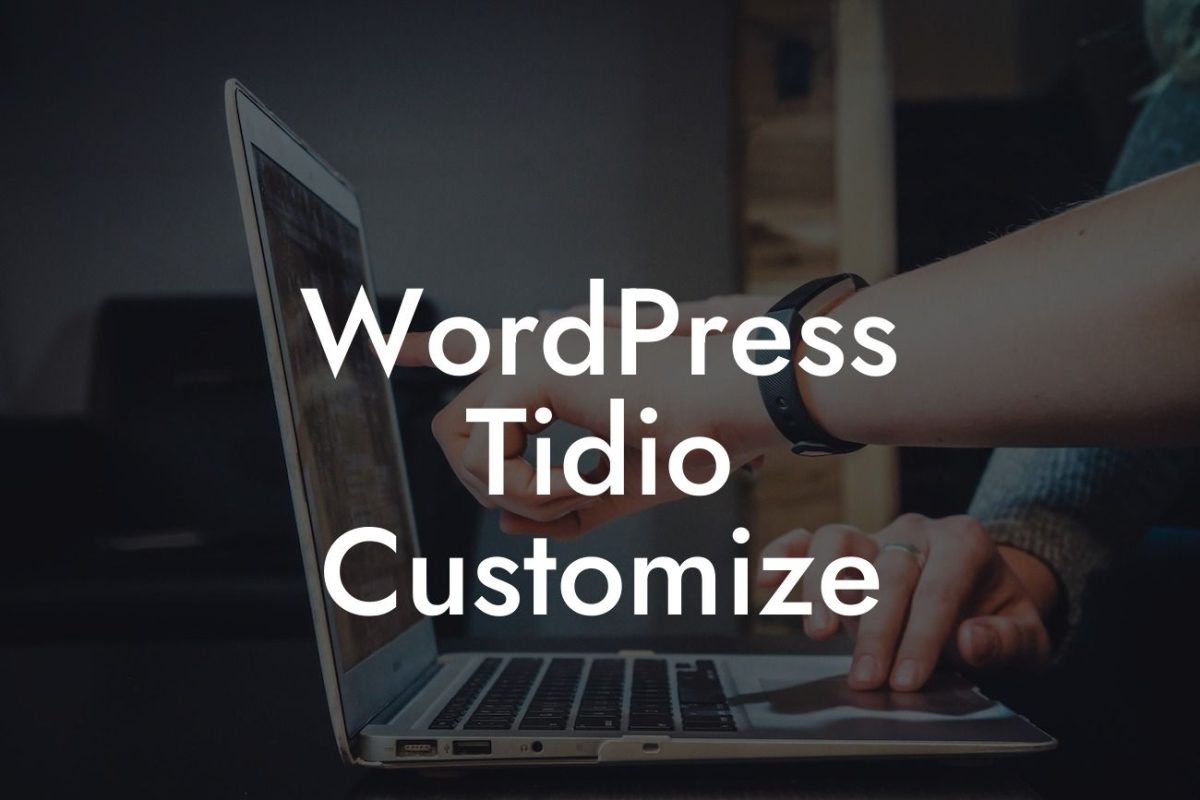Are you ready to take your WordPress website to the next level? If you want to improve your website's visibility on search engines and attract more organic traffic, adding structured data is a must! Structured data helps search engines understand your content better and display relevant information to users. In this guide, we'll walk you through the process of adding structured data to WordPress and unleash the true potential of your website.
Adding structured data to your WordPress website is easier than you might think. With the right tools and knowledge, you can optimize your website's SEO performance and enhance its visibility on search engine result pages (SERPs). Let's dive right in with a step-by-step guide:
1. Understanding Structured Data:
Before we begin, it's essential to grasp the concept of structured data. Structured data is a standardized format for providing information about a webpage and categorizing its content. It uses specific tags to highlight important elements such as business details, product reviews, recipes, events, and more.
2. Choosing the Right Plugin:
Looking For a Custom QuickBook Integration?
To simplify the process, we recommend using a reliable WordPress plugin. DamnWoo offers a range of awesome plugins designed exclusively for small businesses and entrepreneurs. Check out our collection to find the perfect plugin for adding structured data to your website.
3. Installing the Plugin:
Once you've chosen the plugin that suits your needs, follow these steps to install it on your WordPress website:
- Log in to your WordPress dashboard.
- Navigate to the "Plugins" menu and click on "Add New."
- Search for the desired plugin and click "Install Now."
- After installation, activate the plugin.
4. Configuring Plugin Settings:
After activating the plugin, you'll need to configure its settings. This usually involves providing relevant details and selecting which types of structured data you want to implement. Depending on the plugin you choose, the configuration process may vary. Refer to the plugin's documentation for step-by-step instructions.
5. Adding Structured Data Markup:
Now that the plugin is ready, you can start adding structured data to your website's pages and posts. Here's how:
- Open the page or post you want to add structured data to.
- Look for a section or option provided by the plugin specifically for adding structured data.
- Fill in the required information based on the type of structured data you're implementing. For example, if you're adding a recipe, provide the ingredients, cooking time, and instructions.
- Save or publish the page to finalize the changes.
How To Add Structured Data To Wordpress Example:
Let's consider a realistic example to illustrate the power of structured data. Imagine you're a local restaurant owner, and you want to attract more customers through online search. By adding structured data to your website, you can provide search engines with vital information about your restaurant, such as your location, menu, opening hours, and customer reviews. This will make your website more informative and appealing to potential visitors, increasing the chances of them choosing your restaurant over competitors.
Congratulations! You're now equipped with the knowledge to add structured data to your WordPress website and give it a remarkable boost. By implementing structured data, you're improving your website's chances of appearing in rich snippets, increasing organic traffic, and standing out from the competition. Don't forget to explore DamnWoo's other guides and plugins to further enhance your online presence. Share this article with others who could benefit from it, and let's transform your WordPress website into a search engine magnet!













